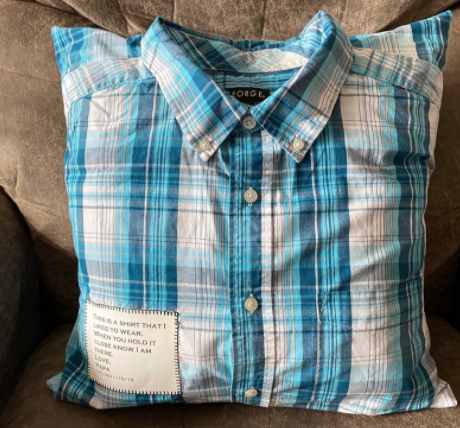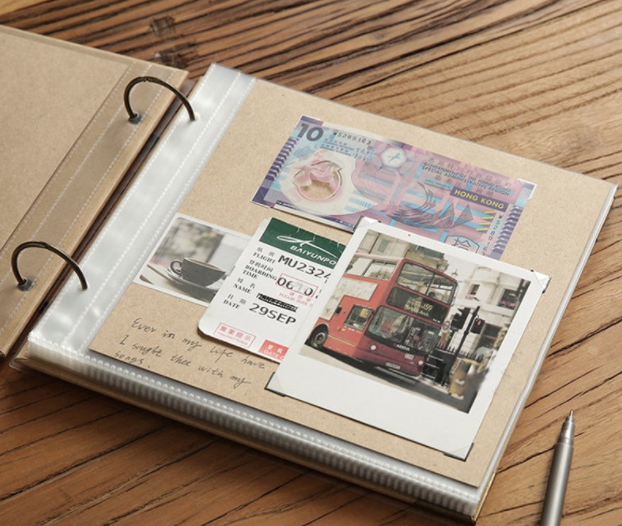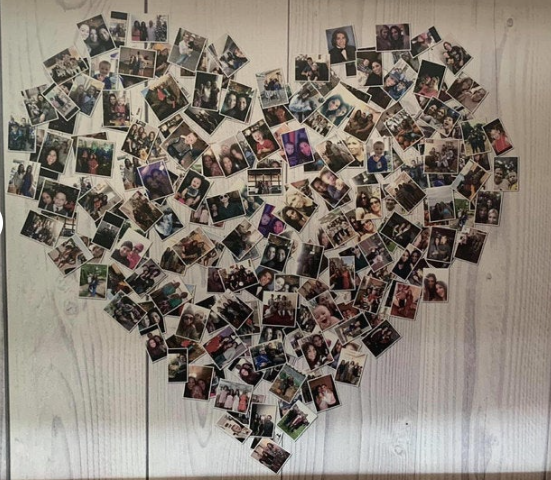“The belongings she has collected during her lifetime are her footprints left behind.”
The thought of going through your loved one’s possessions, acquired over the course of their lifetime, can be daunting and emotionally overwhelming. The thought of letting go of these acquired belongings may feel like you are erasing their footprints. How does one stay connected, while also letting go?
Example #1 “My husband collected T-shirts. He had hundreds of different shirts; some he had never worn. How could I possibly let go of these, and at the same time, I do not want to hold onto them any longer.”
Is there a way not to “erase” the footprints, but rather make them smaller?
It is important to recognize the sentimental value these footprints are to you and find a balance between holding on and letting go. To the outsider it might just be old clothes, files of papers, aged belongings, junk. To you, they’re memories.
Can there be a way to create a symbolic representation for the belongings; a symbol to represent those items, those memories of the person we love?
Smaller Footprint Suggestion for Example #1
Picking favorite ties or shirts and having them made into a memory quilt/ blanket.

Memory quilts can be made up of all sorts of items, not just ties or shirts. For instance: photos, other clothing, accessories. Be creative! Think outside the box. There are no rules.
You could also take your loved one’s favorite clothing items and have it made into a memory bear, or pillow.

Look for more inspiration here.
Example #2 “My husband was a writer, and in addition to his manuscripts, he has left behind bins full of his work, his doodles, and quotes. How do I let go of some of these things without feeling like I’m erasing him?”
Go slowly! Listen to yourself and go at your pace.
Smaller Footprint Suggestion for Example #2
Scrapbooking favorite cut outs, quotes, doodles, ticket stubs, pictures, stamps, coins or anything you choose.

Look for more inspiration here.
Example #3 “My wife was an artist. She has left behind all of her art including her sculptures, paintings, and art supplies. I want a way to hold onto that part of her after I donate most of her art to galleries. However, I do not know how.”
Smaller Footprint Suggestion for Example #3
Take photos of all of her artwork and create an album. Perhaps make copies and share with loved ones and friends.
Or perhaps you can take those photos and turn them into a collection piece.

Look for more inspiration here.
Guidance to help Letting Go
Go at your own pace. What am I supposed to be letting go of? What have others done? These questions may come up for you. Remember this is your journey and it is important to go at a pace that feels comfortable to you.
Listen to yourself. This is your journey, not anyone else’s. Look within to seek your truth.
Balance between holding on and letting go. This is different for every individual. Find a balance that feels true to you.
Create a symbolic representation- Smaller Footprint. Creating a smaller footprint provides a symbolic representation of your loved one’s belongings.
Check in with self. Slow down. Take a few long breaths. Allow a space to process and to check in.
Letting go is not easy. It is important to listen to ourselves and take it slow. By creating balance between holding on and letting go, we can move forward while still holding on. This may look different per individual. By creating a symbolic representation of the belongings our loved ones have left behind, we are able to create a smaller footprint. These footprints are tied to memories that we can continue to hold onto and allow us to stay and feel connected.

